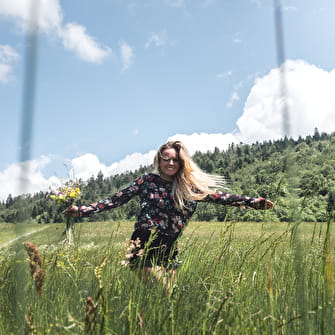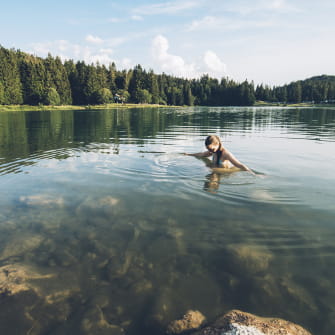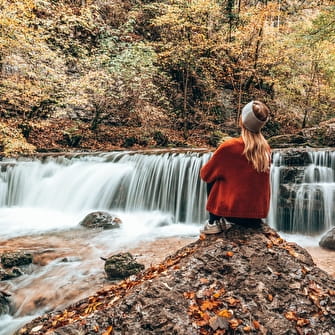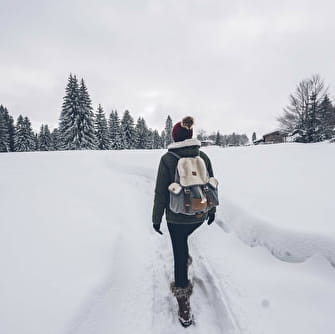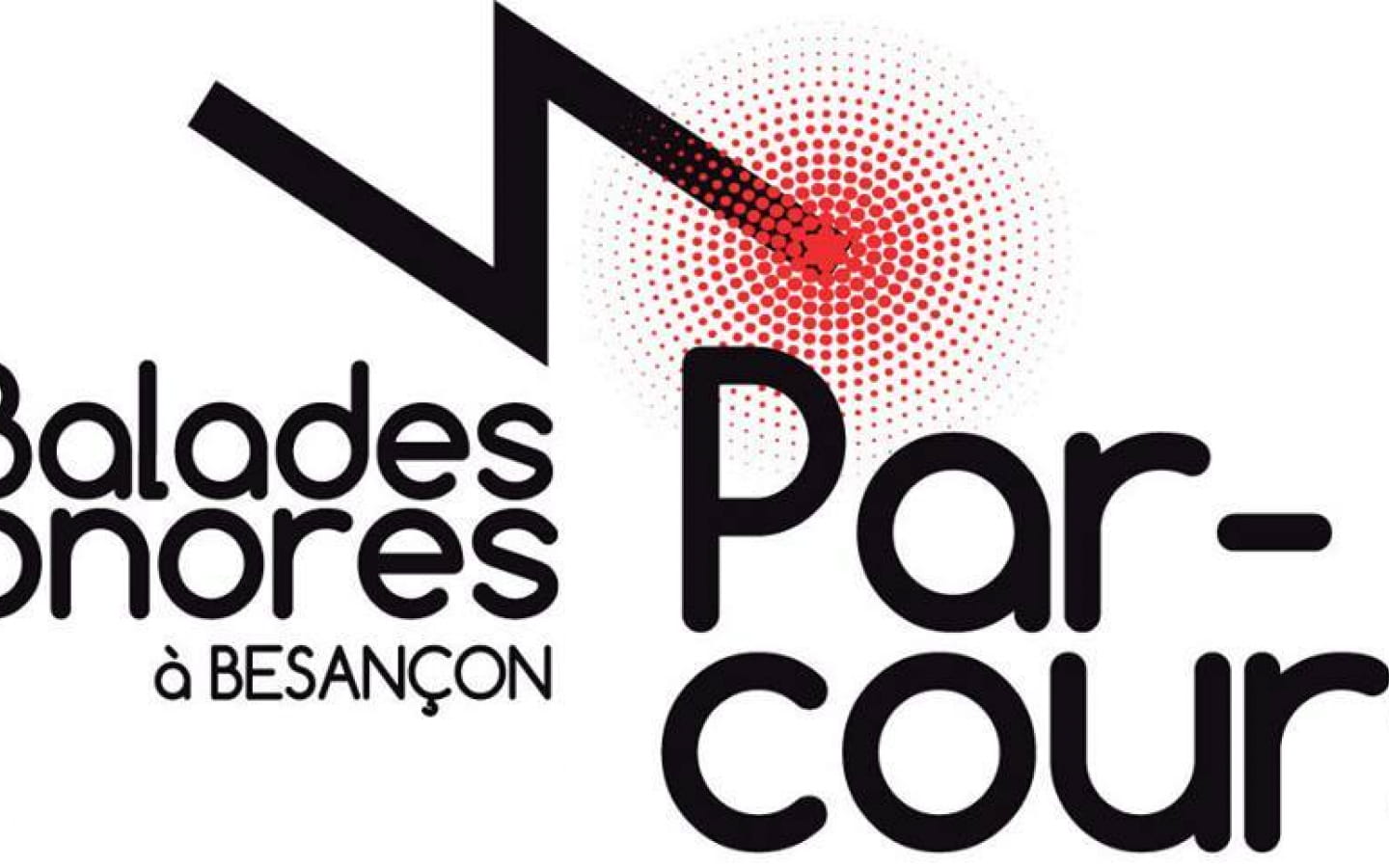
Balades sonores : Rosemont et l'hypothèse du silence
As a naturalist sound recordist, my first instinct, when I move away from the studio to go and record the sounds of nature, is to move away as far as possible from the city, urban spaces, communication axes (roads , rail and air ... when possible) to try to reach regions relatively untouched by the noise of engines and asphalt. These "silent" spaces (or more precisely offering from time to time moments of palpable silence) allow me not only to appreciate the diversity of sounds produced by animals, plants, "natural elements" but also to grasp them in their most beautiful dynamic. The quest for silence is therefore for me a step prior to any attempt at capture and creation. When you are lost in a forest, you try to find out where the north is. Silence is north for my ears. But what are you talking about exactly? What is silence? Is it really possible to find it, in Rosemont as elsewhere? But this quest for silence, as obsessive as it seems, never locks in itself: it is part of a movement of openness and questioning, always leaving room for other senses, for knowledge, meetings ... without any prejudice or any form of discrimination. This walk will also be an opportunity for listeners - at least that is my wish - to learn new, unsuspected things on the hill of Rosemont. And in the end perhaps to give them the desire to discover or rediscover this peaceful island, offering a rather surprising mosaic of "wild" and domesticated natural spaces, ruderal environments and developed areas, intended for the reception of tourists. curious minds and peri-urban recreation.



